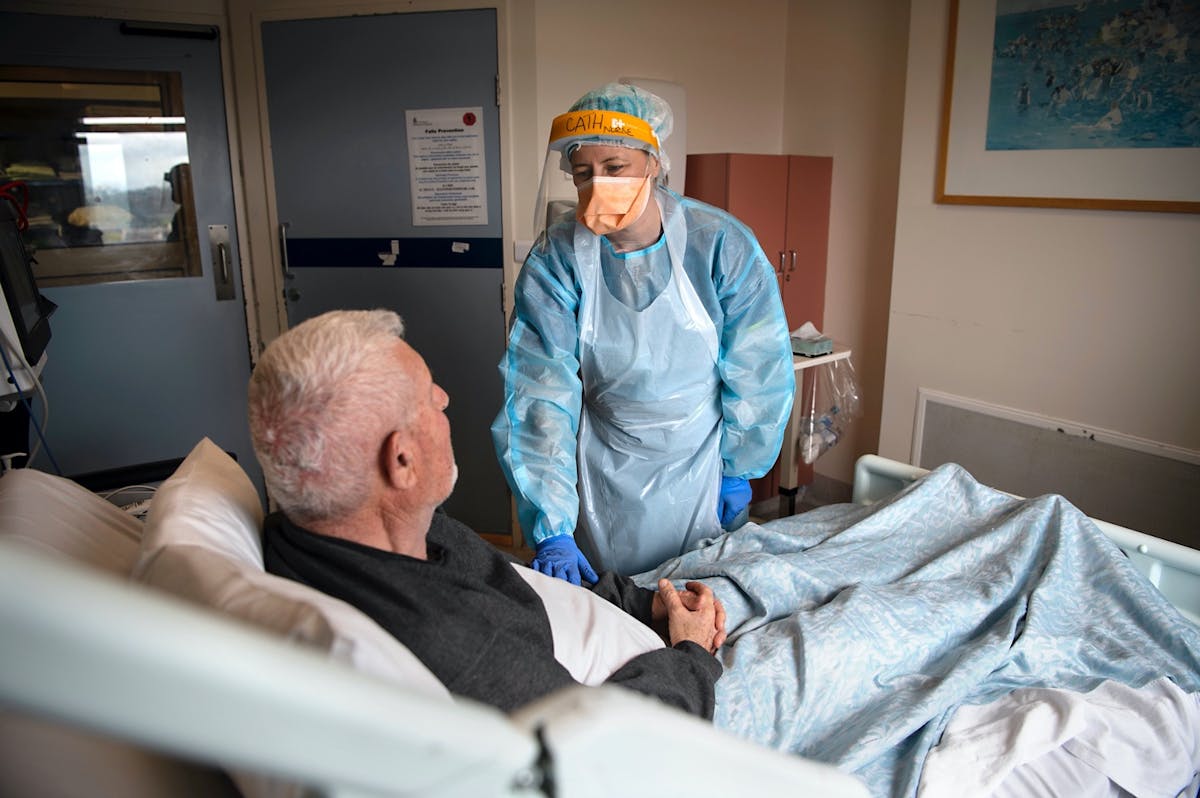The Royal Melbourne Hospital is Victoria’s quarantine hospital for infectious diseases.
The Victorian Infectious Diseases Service (VIDS) provides inpatient and specialist clinic services, including management of travel and tropical diseases, HIV/AIDS, viral hepatitis, tuberculosis, community acquired and health-care associated infections, including infection in patients with impaired immunity.
We have a strong focus on links with public health, hospital-acquired infections and optimisation of antibiotic use.

Work with us
Are you interested in a career at the RMH? Find out more about our career opportunities, education and graduate programs.
Latest news & events

The ‘Beating Buruli in Victoria’ research project team has been named a finalist in the 2024 Victorian Public Healthcare Awards for their incredible work in solving a mystery that baffled researchers for decades.
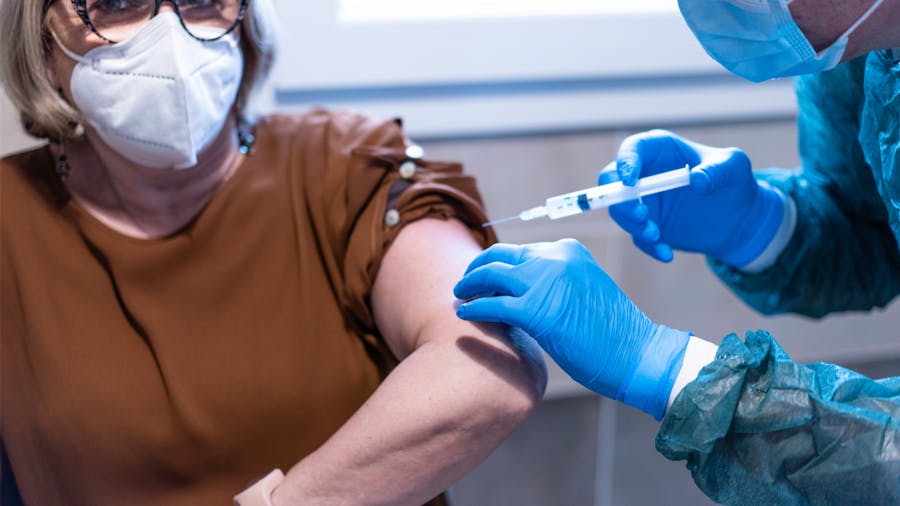
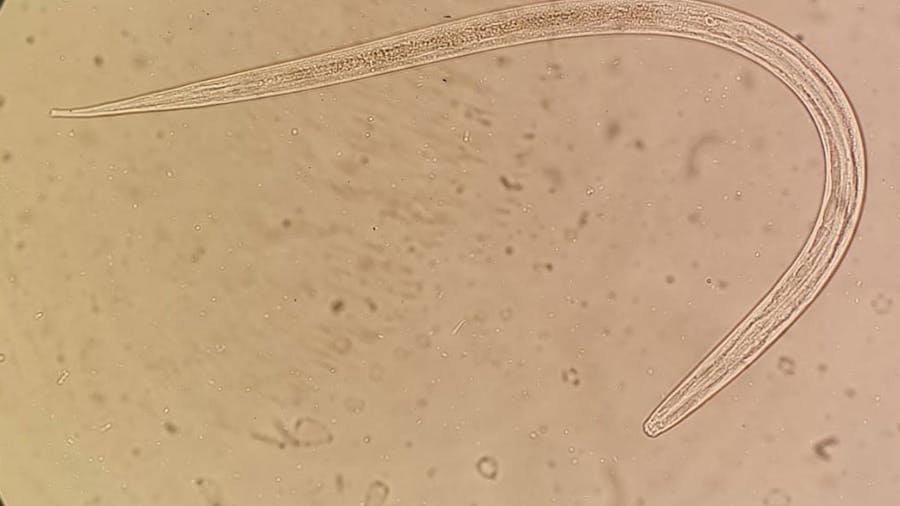
A multidisciplinary team of experts, including the RMH clinicians and the Doherty Institute researchers Professor Beverley-Ann Biggs, Associate Professor (Hon.) Siddhartha Mahanty and Dr Stephen Muhi, has secured a $5 million Synergy Grant from the National Health and Medical Research Council (NHMRC) to tackle one of the most neglected tropical diseases in the world – strongyloidiasis.

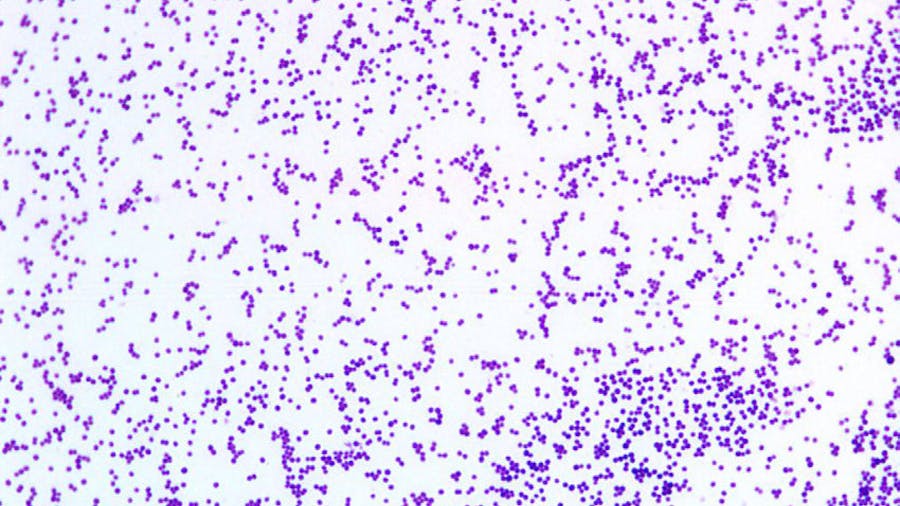
Australian researchers have uncovered new genetic insights into Staphylococcus aureus, revealing what makes the bacterium so dangerous when it enters the blood.

Breakthrough research has found that Group A Streptococcus (GAS) infections are more likely transmitted from asymptomatic throat carriage than skin-to-skin contact in communities with high rates of infection.

New research has found that First Nations populations around the world are significantly more likely to be hospitalised and die from influenza compared to non-Indigenous populations.
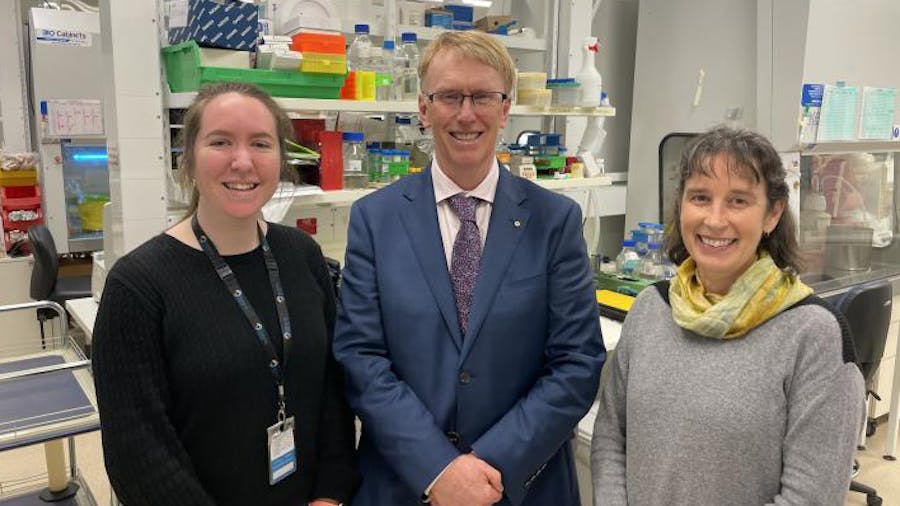
A team of scientists have been awarded $1.7 million over the next five years, to advance world-first research into a cure for hepatitis B virus infection thanks to a grant from the mRNA Victoria Activation Program.


